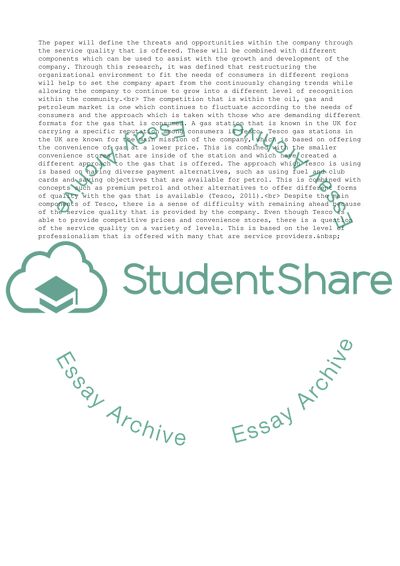Cite this document
(Total Quality Management and Performance Research Paper, n.d.)
Total Quality Management and Performance Research Paper. Retrieved from https://studentshare.org/business/1584291-market-research-and-analysis
Total Quality Management and Performance Research Paper. Retrieved from https://studentshare.org/business/1584291-market-research-and-analysis
(Total Quality Management and Performance Research Paper)
Total Quality Management and Performance Research Paper. https://studentshare.org/business/1584291-market-research-and-analysis.
Total Quality Management and Performance Research Paper. https://studentshare.org/business/1584291-market-research-and-analysis.
“Total Quality Management and Performance Research Paper”, n.d. https://studentshare.org/business/1584291-market-research-and-analysis.


